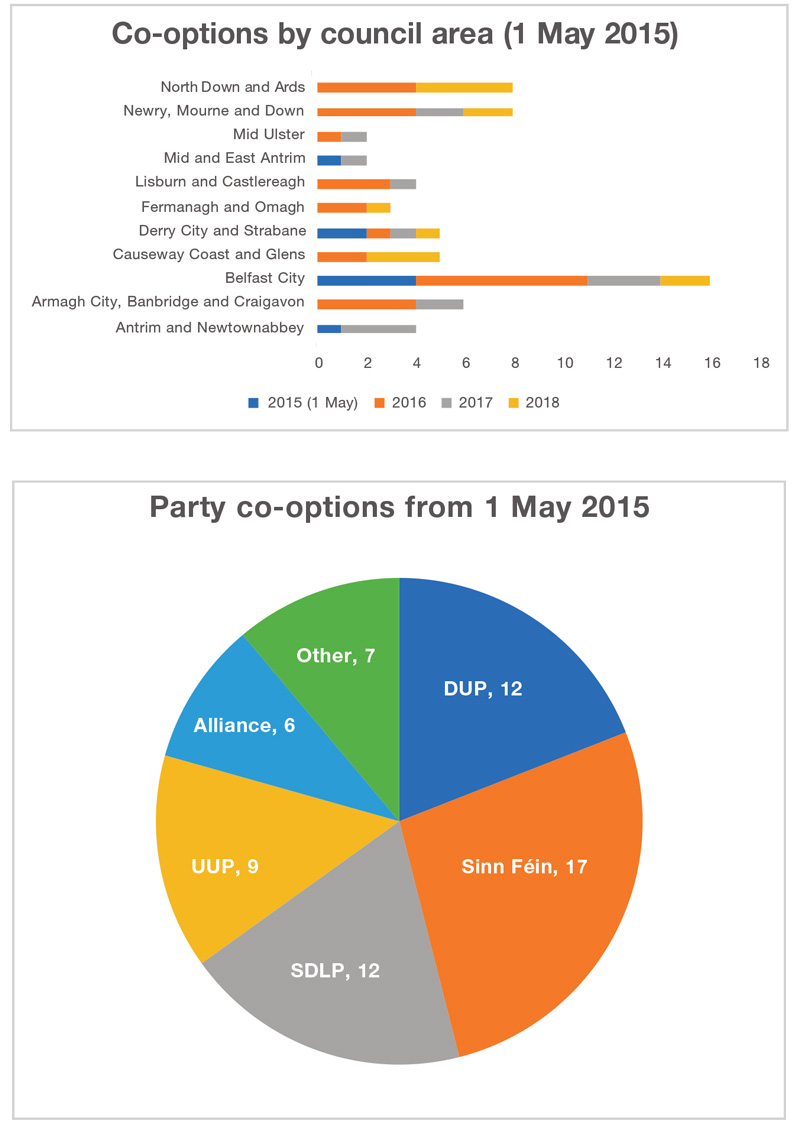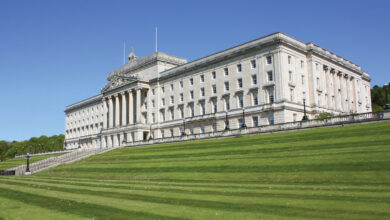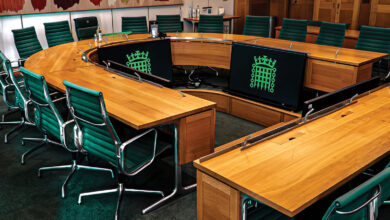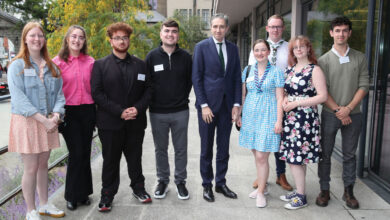Unelected representation
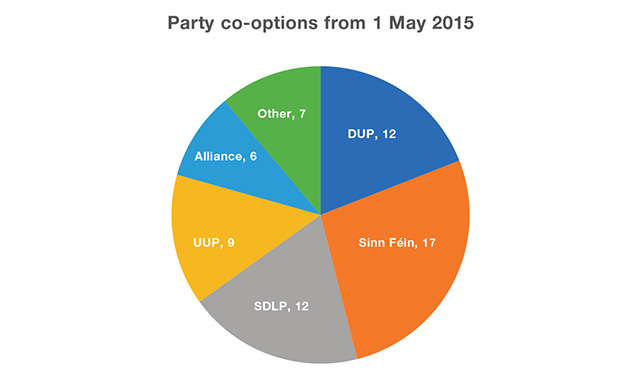
With just over a year to go until the next round of local government elections, agendaNi highlights how there are now over 60 unelected councillors across the 11 authorities.
A total of 14 co-options have taken place in Northern Ireland’s local councils in 2018 alone, bringing the total number of unelected councillors up to 63 since the formation of the new district councils on 1 May 2015.
Over 13 per cent of the total 462 councillors have been chosen by their parties rather than the electorate.
Co-options have become a regular mechanisms for all of Northern Ireland’s major parties since legislation was introduced in 2010 which allowed parties to select their own candidate for replacing councillors or MLAs.
Almost half of the total co-options since May 2014 can be attributed to the end of ‘double-jobbing’, legislation which meant politicians could no longer sit in two legislatures at the same time.
Even prior to the introduction of legislation, co-options were a popular tool for parties in local government in Northern Ireland when compared to the alternative of a by-election, which would come at a cost to the ratepayer. There was also concerns that by-elections brought about the prospect of a party gaining an unfair weighted advantage, especially if the person vacating the seat belonged to one of the smaller parties.
However, critics have hit out at “abuse” of the system and described the current level of unelected representation of democratic. There is a concern that parties also use the system to embed new candidates into the council system prior to an election, thereby making them more recognisable when going to the polls.

